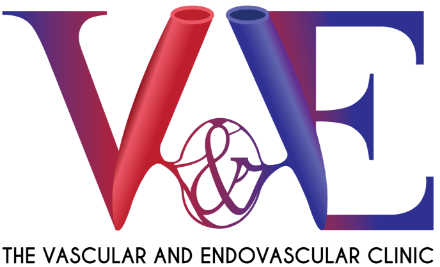What is the primary goal of non-thermal, non-tumescent techniques in treating varicose veins?
The primary goal of non-thermal, non-tumescent techniques in treating varicose veins is to effectively close or remove the affected veins while minimizing patient discomfort, risks, and recovery time. These techniques aim to alleviate symptoms such as pain, swelling, and heaviness in the legs, as well as improve the cosmetic appearance of the veins. By avoiding heat-based methods and tumescent anesthesia, these approaches seek to offer a more comfortable and less invasive treatment option, allowing patients to return to their daily activities more quickly. This potentially reduces the risk of nerve injury, damage to adjacent tissue and minimises trauma and bruising compared to heart based techniques such as laser and RFA.
What are some examples of non-thermal techniques used in vein treatment?
Some examples of non-thermal techniques used in vein treatment include:
- Sclerotherapy: This involves injecting a sclerosant solution directly into the varicose vein, causing it to collapse and eventually fade away.
- Ultrasound-Guided Sclerotherapy: An advanced form of sclerotherapy where ultrasound imaging is used to guide the injection into deeper veins not visible to the naked eye.
- Mechanical Chemical Endovenous Sclerotherapy (MOCA): This combines mechanical disruption of the vein with the injection of a sclerosant, effectively closing the vein by fibrosis, using a device called ClariVein.
- Ambulatory Phlebectomy: A minimally invasive surgical procedure that involves removing varicose veins through small incisions, performed under local anesthesia.
- Cyanoacrylate glue embolization is a relatively new, non-thermal technique used in the treatment of varicose veins. This method involves the use of a special type of medical adhesive, cyanoacrylate, to close off varicose veins. The device is called Venaseal and theoretically the main faulty vein under the surface of the skin can be closed through one small incision (<3mm) at the ankle by sealing it with this medical adhesive.
At the VEC we endeavour to offer the best solution to treat each patient’s varicose veins on an individual basis, with the best possible combination of modern devices. During this case Dr Tang used the Venaseal and ClariVein devices to seal the main faulty truncal veins on the back of the calf and on the inner aspect of the leg and thigh and used the new Vario device to create more stable foam to sclerose or block the smaller branches of veins on the leg. Patient went home 2 hours after her procedure walking with minimal discomfort. There was no need to do a full body general anaesthetic which allowed the recovery to be quicker and more straight forward.







